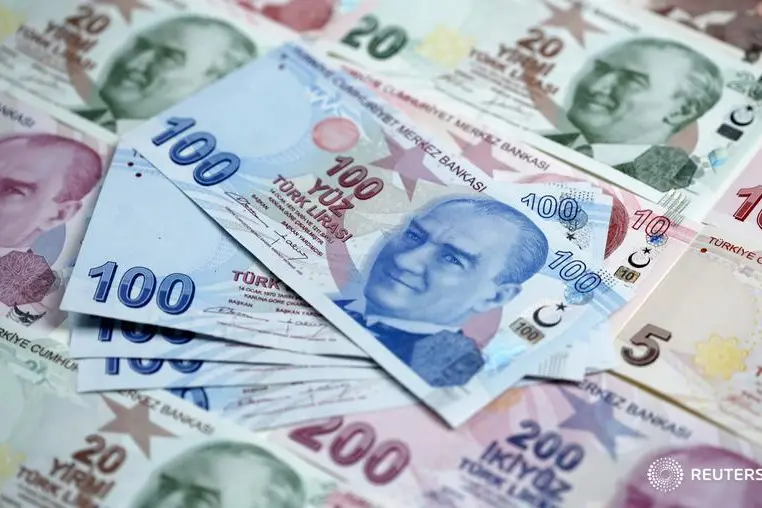PHOTO
(FX Buzz is a commentary and analysis service. The writers' views are their own.)
Aug 13 (Reuters) - Not unlike Thailand in 1997, Turkey was a currency crisis waiting to happen, but just as that case 21 years ago there's more at play than one country's macroeconomic vulnerabilities -- which is bad news for other emerging markets including, potentially, China.
With Turkey, an ill-timed spat with Washington on top of a massive current account deficit and gross foreign debt in excess of 50 percent of GDP left the country particularly susceptible to external shocks. Sanctions imposed by the Trump administration provided a trigger.
Despite all those weaknesses, however, the situation may have been manageable if not for the diminishing dollar liquidity that has been slowly tightening its grip on emerging markets since the Fed started raising rates at the end of 2015.
The Turkish lira is now the most high-profile victim of Fed policy normalization and the dollar rally it has sparked, and as the rate hikes and balance sheet reduction proceed, other countries with unfavorable dollar exposure could find their currencies under similar pressure.
The Russian rouble, South African rand, Brazilian real and Mexican peso were the next hardest hit dollar FX pairs since last Friday, signaling they've moved into the market's crosshairs. Beyond those, better insulated countries such as China may also have trouble if emerging market fears make their way to domestic investors, who may already be worried about the yuan's unusual slide recently.
WEAKEST LINK
Market contagions often begin with weaker players but can eventually consume healthier economies without discretion, as was the case in east Asia in the late 1990s. The question is whether Turkey lights that fuse.
On its own, perhaps not, but steadily increasing pressure from Fed tightening on a wide range of economies changes that.
Years of QE and ultra-easy monetary policy by the Fed left many regions hooked on borrowing dollars at artificially depressed rates. There was bound to be a reaction when it ended. The BIS was among those warning of the possibility of a global call on dollars even before the Fed began hiking rates in 2015 https://bit.ly/2ME7Soc.
But the pressure took hold slowly due to the gradual approach the U.S. central bank adopted in tightening, while extreme policy measures left in place by the other major central banks also offset the impact of the initial Fed hikes and balance sheet reduction.
Until now.
The ECB is already winding down QE and there are signs that the BOJ would like to head in that direction, however incrementally. This raises the prospect of concerted global policy withdrawal -- and an outgoing tide that is likely to reveal all kinds of unsightly vulnerabilities in global financial markets.
Even if China’s issuance of dollar debt is small relative to GDP the yuan is not immune to the impact of a tighter Fed urn:newsml:reuters.com:*:nL8N1K31FW.
The combination of a slowing economy and falling rates in China has driven comparable 2-year yields to near parity with the U.S. from a full two percentage point advantage at the beginning of 2018.
That left the yuan weakened when the trade tariffs started to bite. The currency's 10 percent fall only stopped after the PBOC stepped in.
But, domestic Chinese investors know that their government has a history of devaluing the CNY when it suits. The possibility of a recurrence may be small, but it’s not zero, and the prospect of another broad currency slide could leave money on the mainland eyeing the exits.
The PBOC also made the mistake in appearing to draw a line in the sand for the FX market near USD/CNY 7.00.
By implication, a breach now would refute their claim that the currency is essentially stable and send a message that the game has changed. And not for the better.
Markets like targets, and China's central bank may have provided one just when Turkey made them trigger happy.
(Editing by Burton Frierson) ((bruce.clark@thomsonreuters.com))












